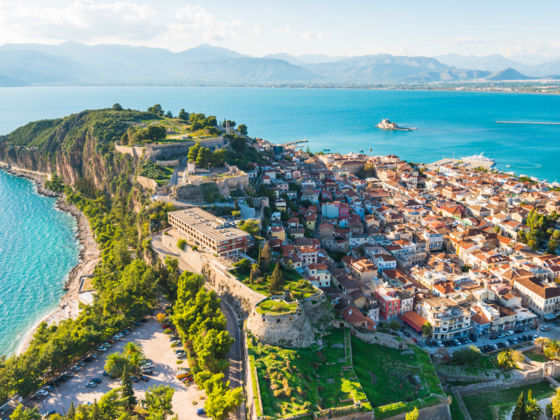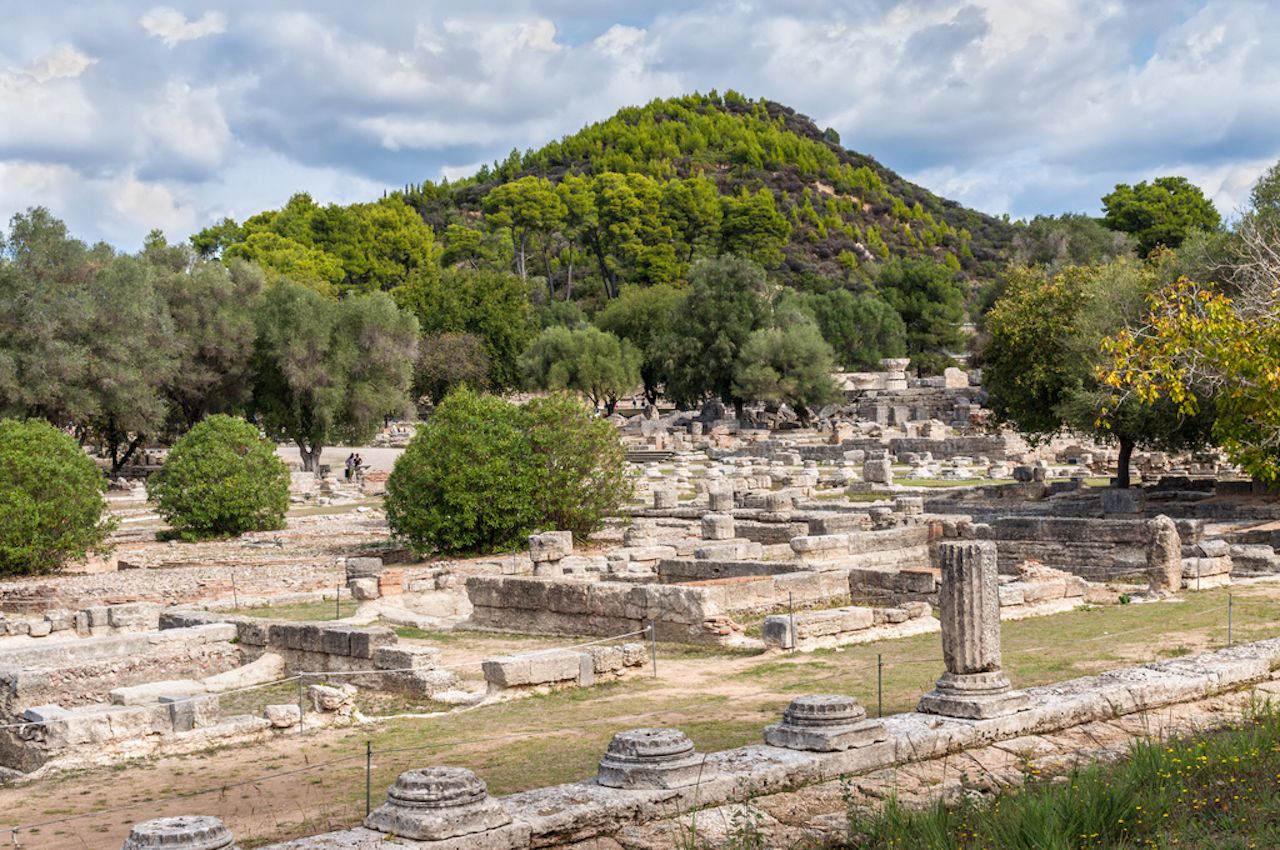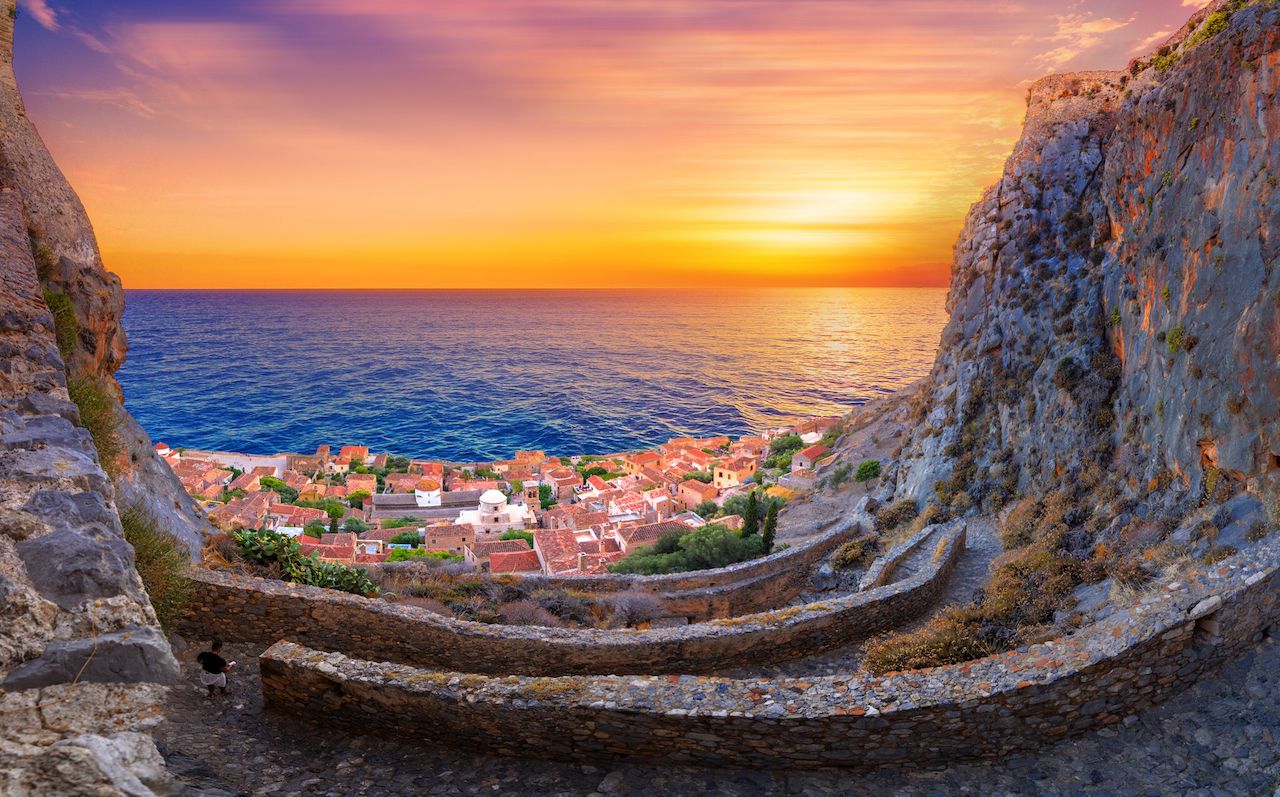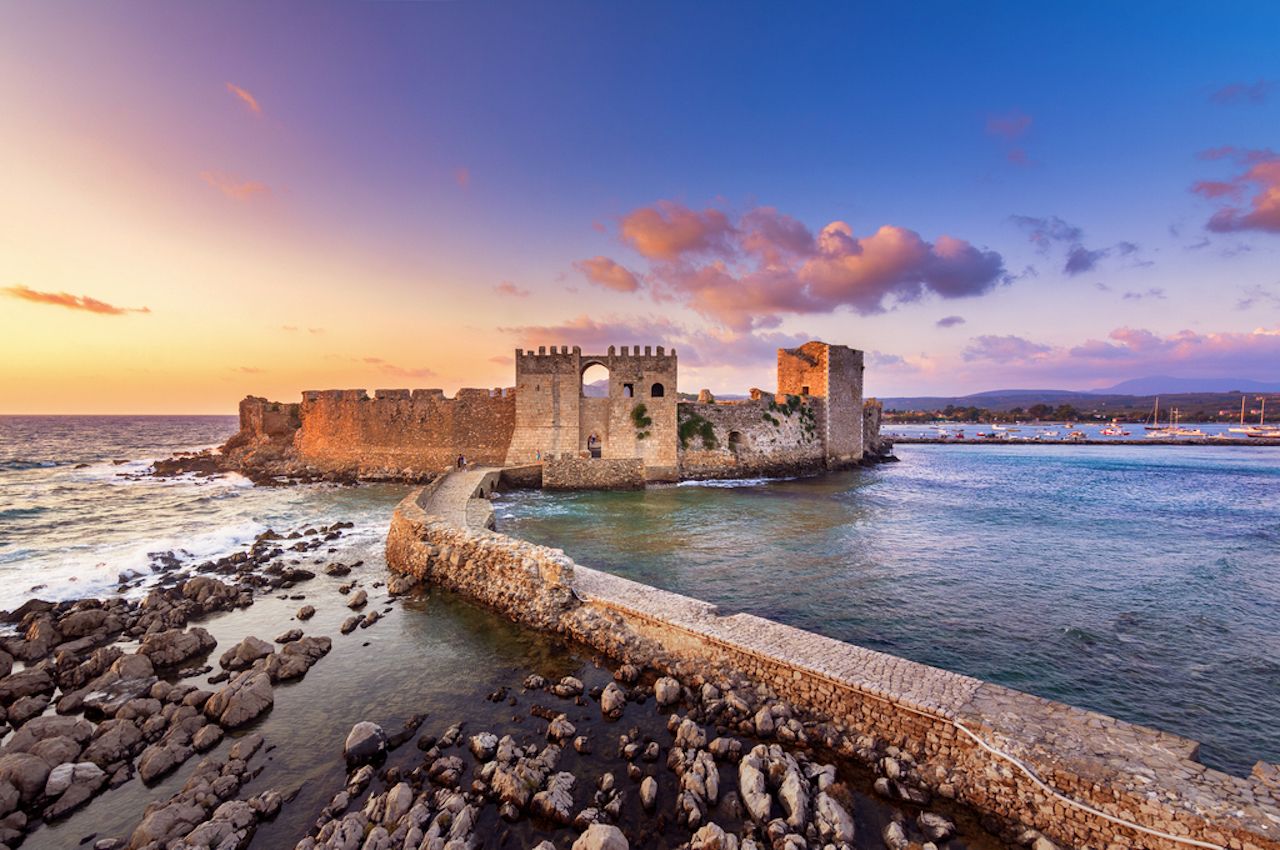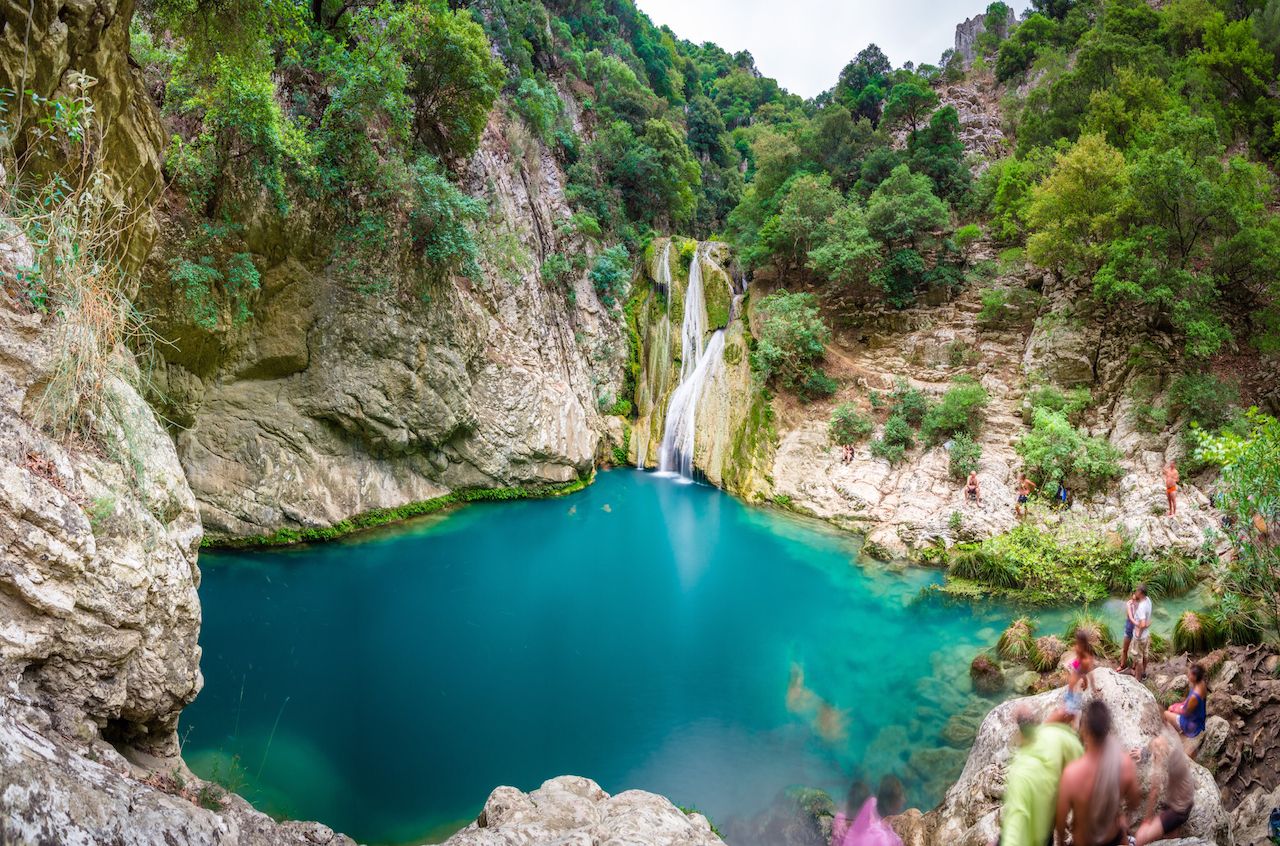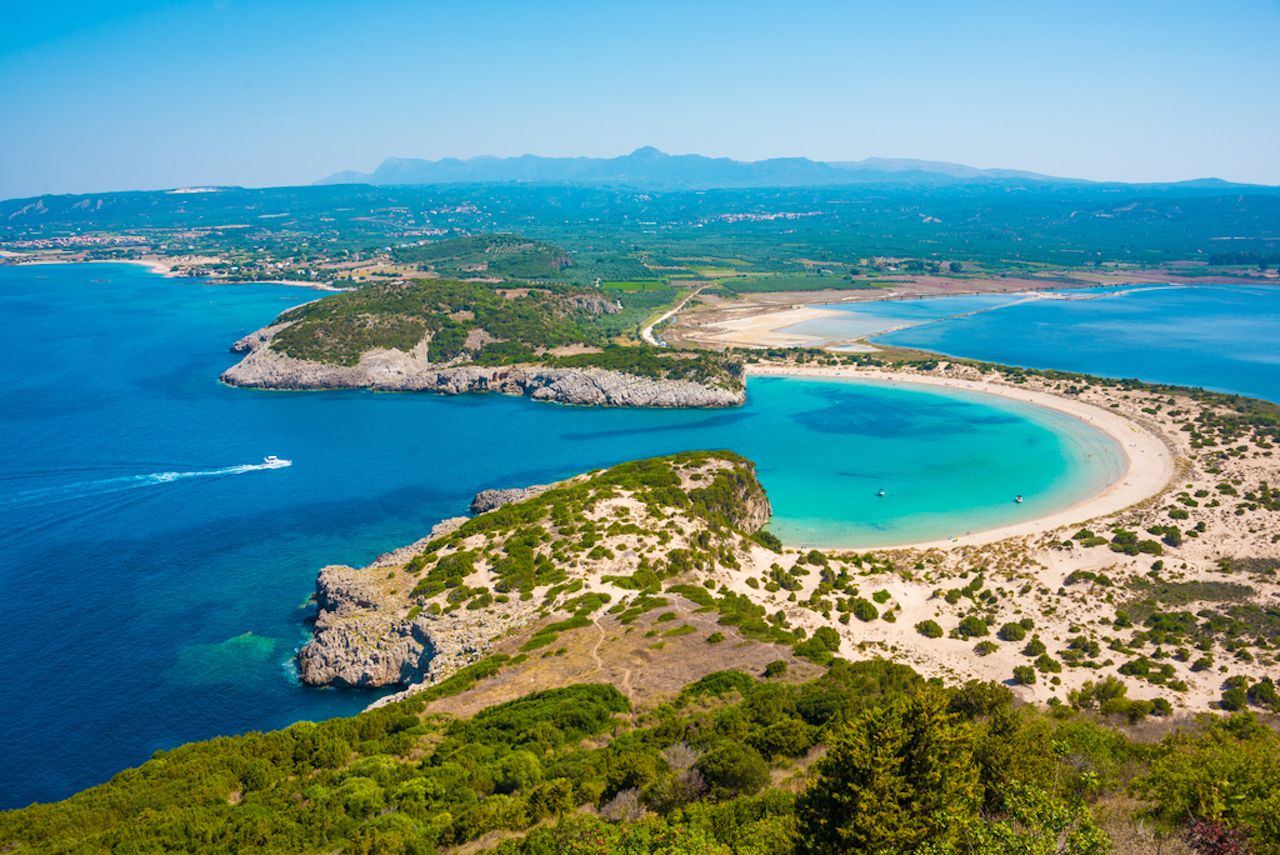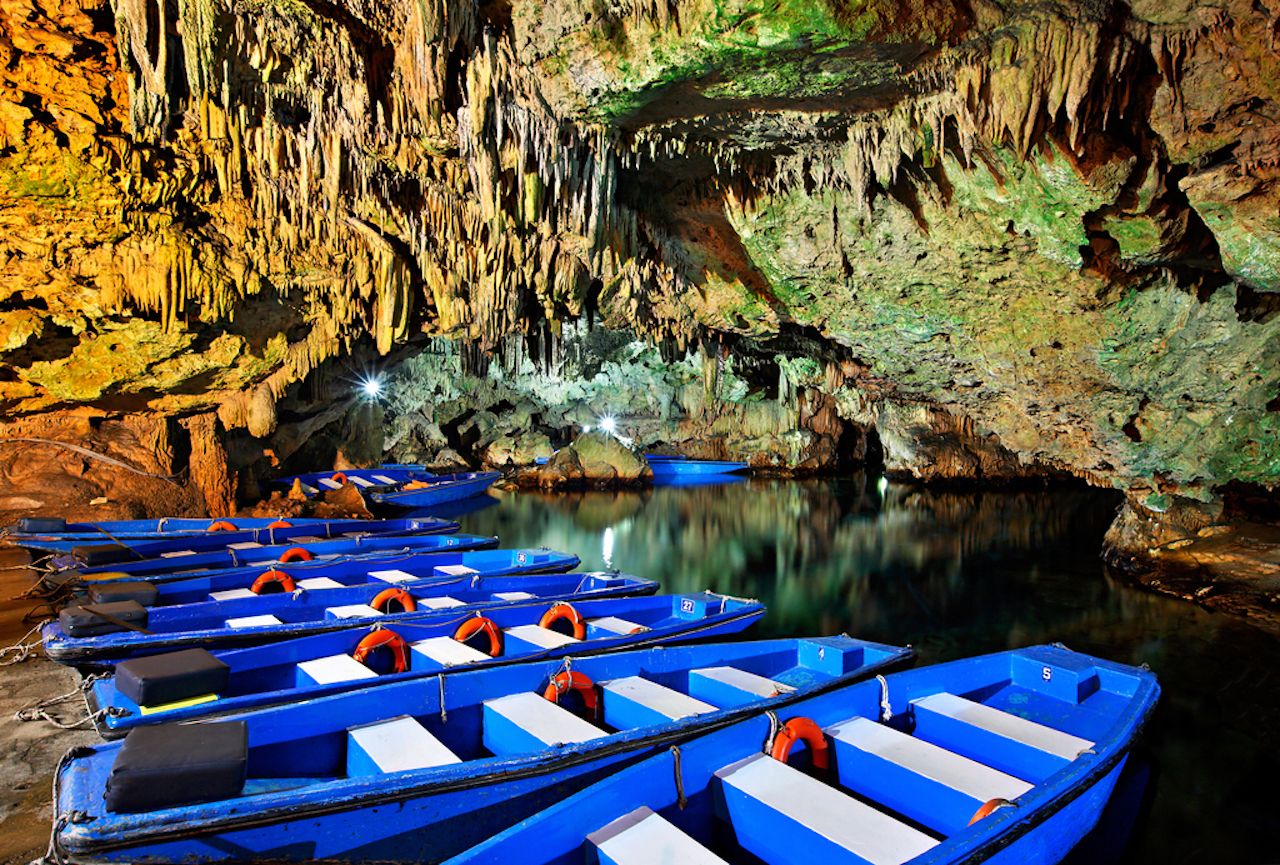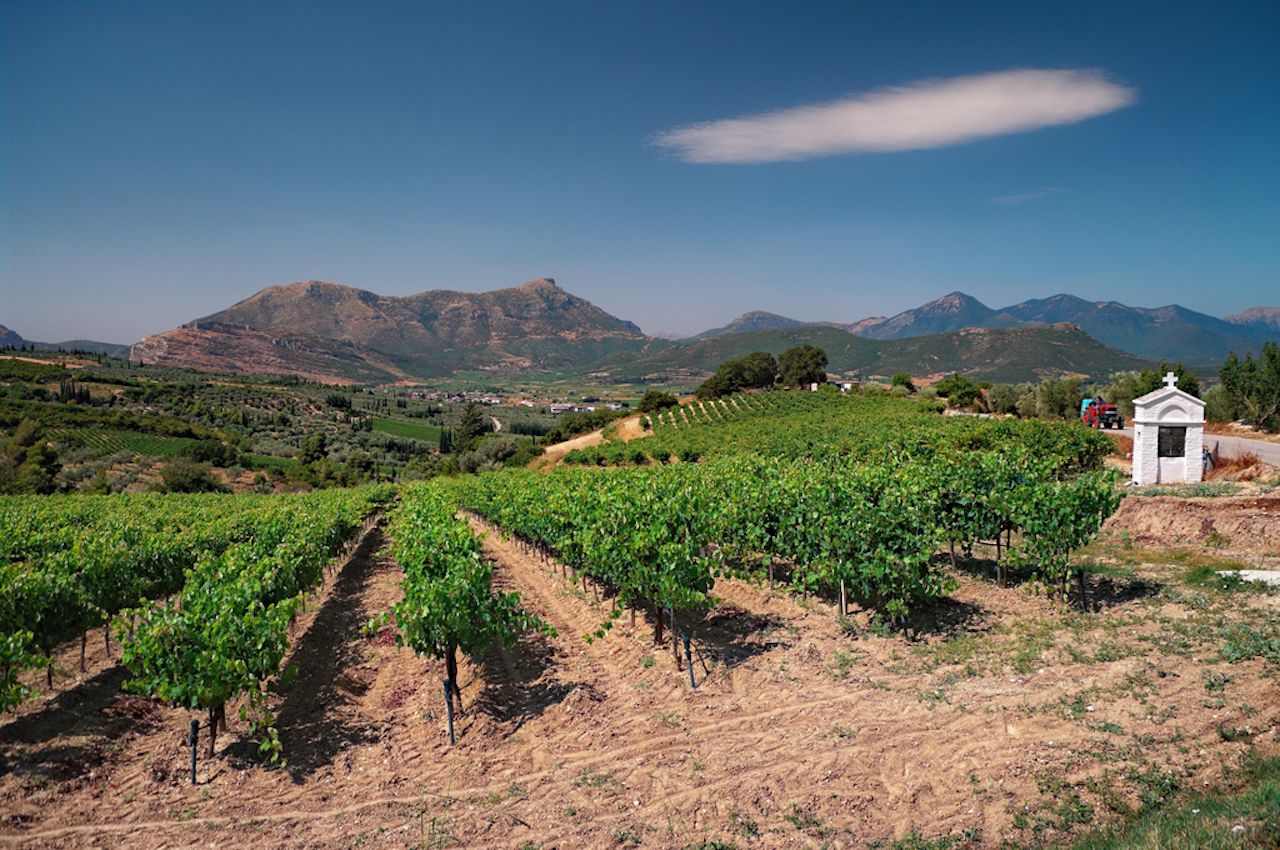The Peloponnese, the mulberry-leaf-shaped southern peninsula of mainland Greece, may not be the first destination that comes to mind when planning a trip to the cradle of Western civilization. The historical city of Athens and picture-perfect islands of Mykonos and Santorini have arguably established themselves as Greece’s must-gos. But the well-kept secrets of the Peloponnese and the region’s landscape of contrasts will make you feel like you’ve discovered a whole new world.
Green valleys and lunar landscapes, coastal towns and mountainous villages, Spartan warriors and Olympic games — the Peloponnesian peninsula beguiles visitors with its rich history and stunning vistas. Rent a car and plan to spend at least three days exploring this ancient and captivating region. Here’s why the Peloponnese is one of the most special places in Greece.
